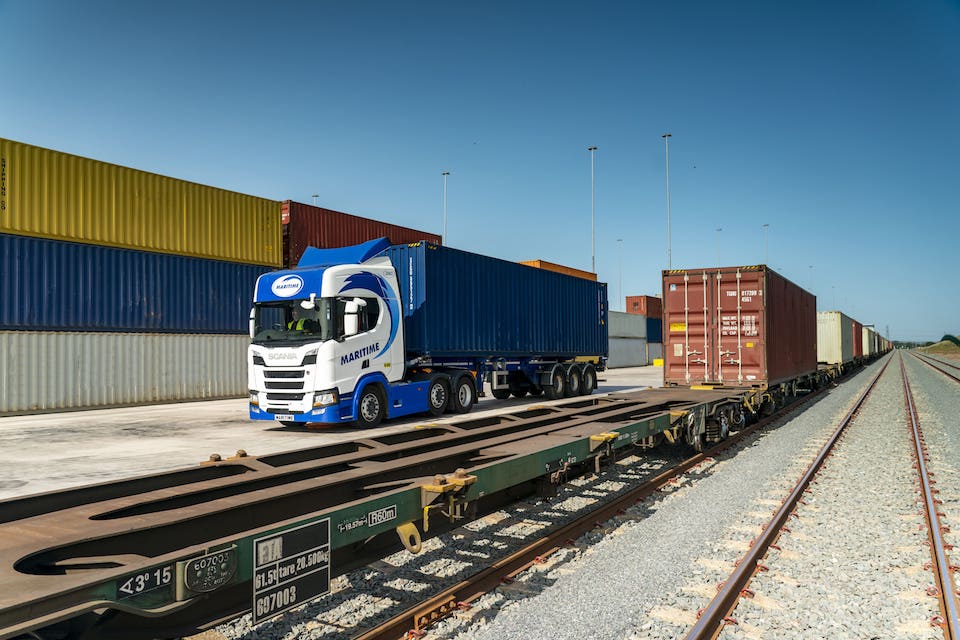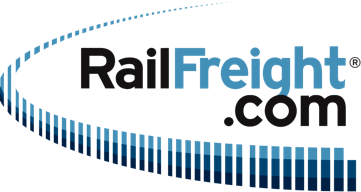Improve road to improve rail freight says Transport for the North

Freight by road accounts for ninety per cent of all tonnage moved in the North of England, say findings from Transport for the North, the sub-national body responsible for supporting the region’s economic development through transport infrastructure enhancement. TfN finds that by supporting short-term gains for road traffic, rail freight will benefit in the long term.
Do you want to read the full article?
Thank you for visiting RailFreight.com. Become a member of RailFreight Premium and get full access to all our premium content.
Are you already a member?
Having problems logging in? Call +31(0)10 280 1000 or send an email to customerdesk@promedia.nl.





1.
Quality of service rendered is low, too low!
2.
Sooner the better, an upgrading from railways todays low axial load should start! Simply, current standards no longer is optimal.
(“Longer and heavier”, in no respect is sustainable.)
3.
Electrification, yes, but an optimal. (Redundancy -hybrid- is needed.)
3.
For benefitting of Advantage, nearness to ports, resilient, high quality railways, is a must!
4.
Weak Link of chain (railways) has to be the now attended!